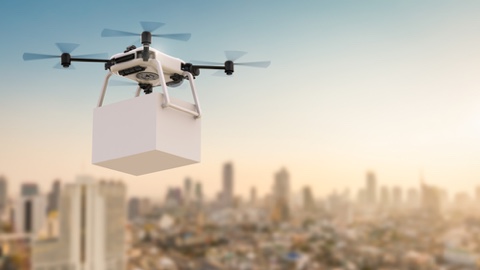
A recent survey conducted by the American Association of State Highway and Transportation Officials (AASHTO) states that 80 percent of DOT respondents are using drones in their department’s operations and almost half are using unmanned aircraft systems (UAS) on a daily basis.
Of the 35 states using drones, 23 have established drone policies that cover the acquisition, operation, airspace restrictions, and the training and permitting of drones and drone pilots. 27 of the state DOTs reporting said they were adding full-time staff to operate and maintain their drone fleets. Drones are used by DOT’s in various ways: for photos and videos, mapping and surveying, public education and outreach, bridge inspections, emergency response, pavement inspections, traffic control and monitoring, and high-mast light pole inspections.
North Carolina, an early adopter of drone technology, aims to make drone technology available to DOT employees across the state.
“What we’re focusing on this spring is trying to get drones into the hands of employees in all 14 division offices in our state,” said Basil Yap, manager of NCDOT’s UAS Program. “We’re training our personnel and providing them with drones to meet their specific needs. By encouraging innovation from the ground up our employees will help NCDOT discover new applications for drone technology.”
As more public and private organizations begin using drones, the demand for drone pilots and other related expertise will grow – making it more difficult to attract qualified personnel.
“We already have local government agencies coming to us and asking for training, so we’ve partnered with our community college system to come up with a curriculum to train drone pilots,” said Yap. “We’re talking about making an economic development decision here — because commercial drone package delivery is coming and state DOT’s across the country need to play a role in developing the highways of the sky — especially in urban areas.”
